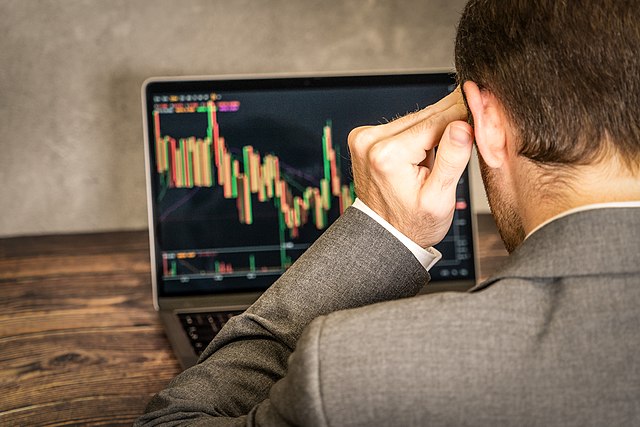The stock market has taken a beating thus far in March, with the S&P already down 8.6% from its February peak. Worse yet, all the major indexes have fallen back to their pre-election levels.
Not surprisingly, this has led to a rising tide of pessimism about the market and the economy, including increased fears that the U.S. may soon fall into a recession.
That anxiety is clearly seen in the Cboe Volatility Index, commonly known as the stock market’s “fear gauge.” As of March 11, it’s up 62% for the year.
However, Yardeni Research, a respected investment strategy consulting firm, is more optimistic and suggests that investors take a longer-term view.
Betting on the Resilience of the U.S. Economy
As the firm said in a note released in the second week of March, “We continue to bet on the resilience of the American economy. We expect that pro-business policies, as they emerge, will boost longer-term confidence, allaying short-term uncertainties related to Trump 2.0.”
Much of the blame for the market’s woes is falling on President Trump’s tariff policies and the uncertainty they have created.
According to Tom Essaye of the financial research firm Sevens Report Research, it’s not the tariffs themselves that are causing all the trouble. He says it’s “the sort of just complete chaotic, whiplash-infused, seemingly directionless policy. That’s the issue.”
Michael Arone, chief investment strategist at State Street Global Advisors, echoed those concerns saying, “Many investors support the president’s pro-growth business agenda, but the administration’s frenetic approach to policymaking is unsettling.”
President Trump: “What We’re Doing is Very Big”Another factor is the President’s apparent willingness to accept a recession as the price to be paid to bring America back from the brink of disaster. On Fox News’s “Sunday Morning Futures,” President Trump told host Maria Bartiromo that the U.S. should expect a “period of transition” as his policies take effect.[1]
And indeed on February 28, the Federal Reserve Bank of Atlanta’s GDPNow model forecast a 1.5% contraction in real U.S. gross domestic product in the first quarter of 2025.[2]
The president’s willingness to accept the possibility of a recession took many by surprise. As Sevens Report Research’s Tom Essaye told Barron’s, “It appears that the administration has a higher pain tolerance than perhaps the markets assumed initially.”
However, like Yardeni Research, the President is taking a long-term view, telling Bartiromo, “What we’re doing is very big. We’re bringing wealth back to America. That’s a big thing… it takes a little time, but I think it should be great for us.”
Expect a Rally in the S&P
For its part, Yardeni is bullish on the economy and the markets. It says there is only a 20% chance of a recession and an 80% chance of “outcomes that are bullish for U.S. stocks.”
Yardeni’s optimism is shared by Neil Shearing, group chief economist at Capital Economics. According to Shearing, “While the outlook has clearly soured, we think fears that the global economy is on the cusp of a major slowdown are overdone.”
Capital Economics does expect U.S. economic growth to slow to between 1.5% and 2% in 2025. This is “weak by U.S. standards,” according to Shearing, but it’s “well above the rates of growth experienced in Europe.”
Furthermore, Capital Economics expects “a renewed tech-led rally in the S&P 500 over the course of this year.”
This optimism is shared by investment advisory firm DataTrek Research, which while noting the market’s current problems in a note, also says, “we are in the bullish camp on this point, and remain positive on domestic large cap equities.”
The bottom line is despite turbulence in the financial markets, investors would be well served to avoid succumbing to short-term fears and to take a long-term approach instead.
Investors who are able to weather the current volatility may ultimately find themselves well-positioned when optimism returns to the markets in the months ahead.

